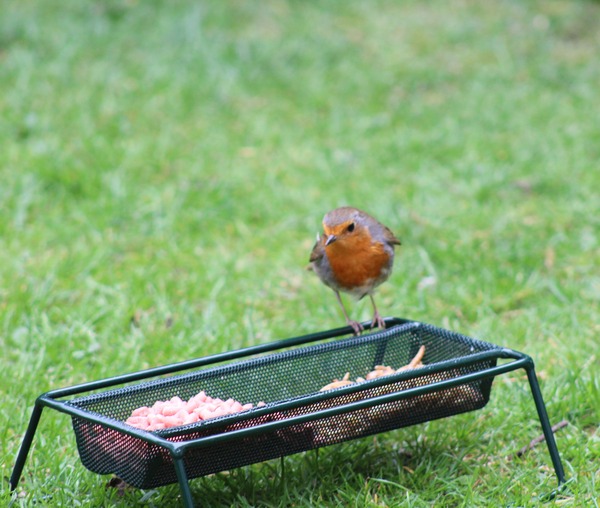As the warmer months return, Honeyfield’s resident wild bird expert Simon Smethurst, who is head of sales at Honeyfield’s, is sharing tips on how your customers can turn their garden into a haven for some of Britain's most colourful wild birds.
The UK has a vast array of colourful species such as goldfinches, greenfinches, siskins, linnets and reed buntings. Many of these seed eating birds change their diets just before the breeding season, to incorporate more insects. They continue to feed their young an insect rich diet whilst they are being reared and weaned.
“Insects have a higher nutritional value, higher moisture levels and release vital nutrients more quickly than seeds,” said Simon. “Choosing the right food can make all the difference at this time of year if your customers want the stunning visual rewards that many of our beautiful breeds of bird can bring. Always remind them to provide clean water sources for drinking and bathing too.”
Simon recommends:
• Dried mealworms and calciworms
• Insect suet blocks
• Mealworm and insect suet pellets
• Robin mixes
“Hanging feeders in quiet, safe places around the garden, filled with any of the above insect-based foods, will be sure to attract a host of colourful birds,” said Simon. “Not only will your customers be able to enjoy the beautiful visual spectacle but more importantly they will be helping to support hard working parent birds to raise their young.”
To help identify any garden visitors this summer, we'd suggest your customers visit the Woodland Trust site where they will find plenty of information on how to spot finches by visual appearance and by song.
Honeyfield’s offers an exceptional range of wild bird feeds designed to support wildlife throughout the changing seasons. From high-energy sunflower hearts and nutritious seed mixes to suet treats and mealworms, there’s a feed for every species and dietary requirement. The range is competitively priced for consumers to be able to feed the best, while retailers can benefit from good margin structures and introductory stocking incentives.
To find out more about the Honeyfield’s range visit: https://www.honeyfieldswildbird.co.uk/



